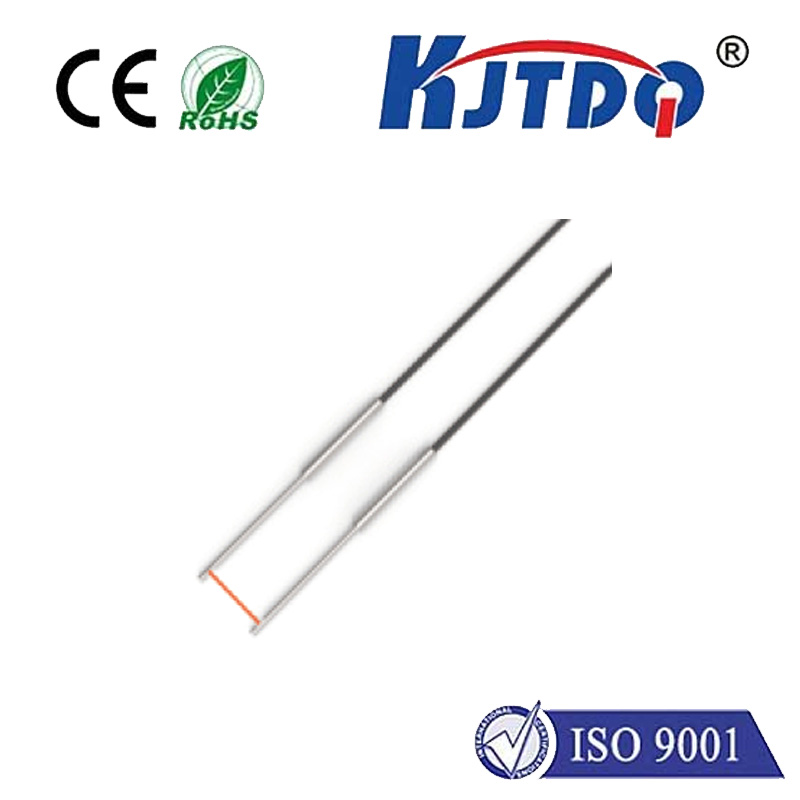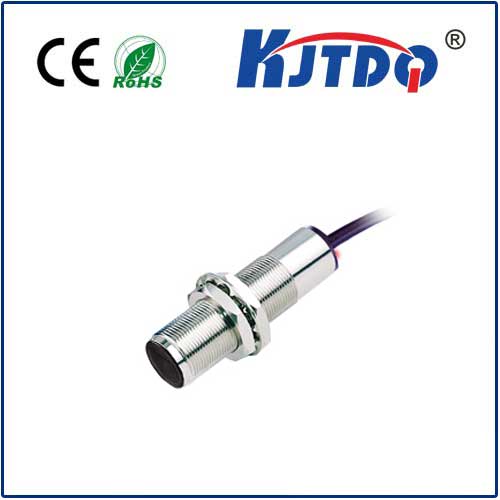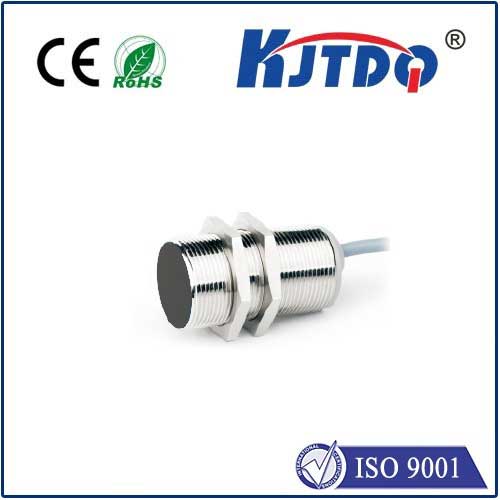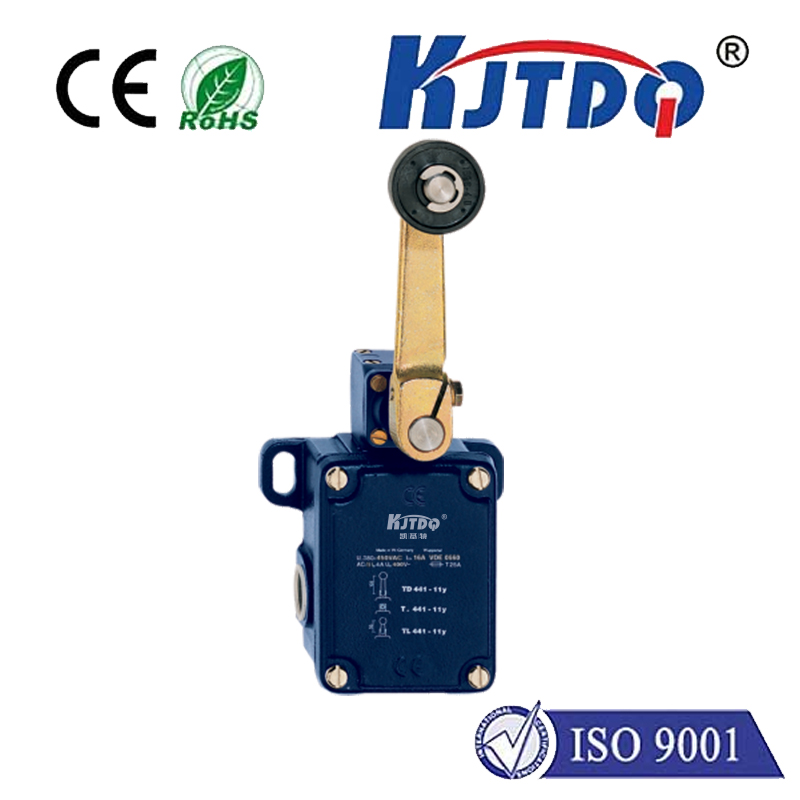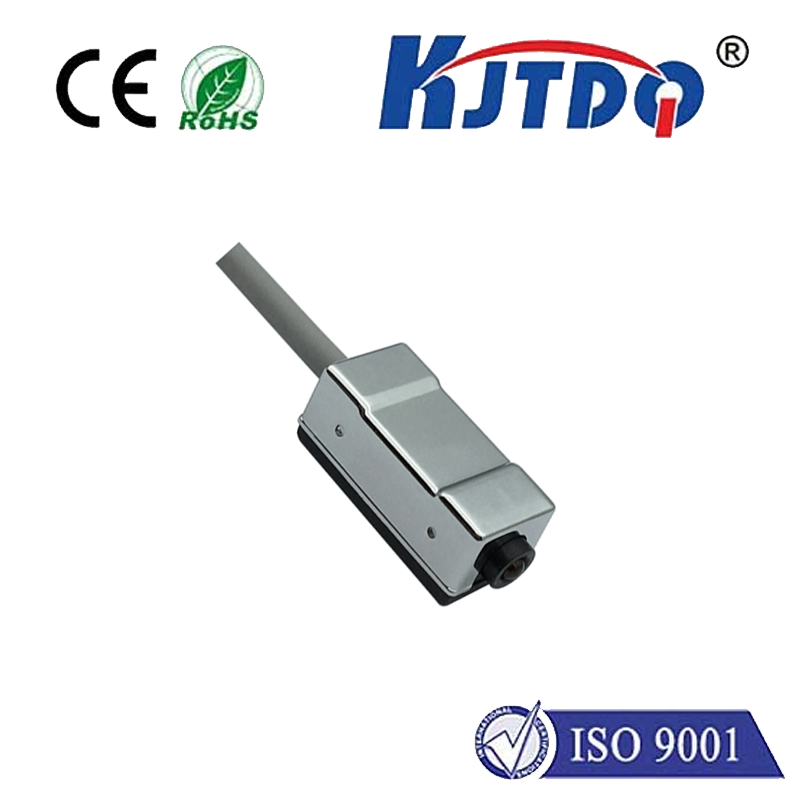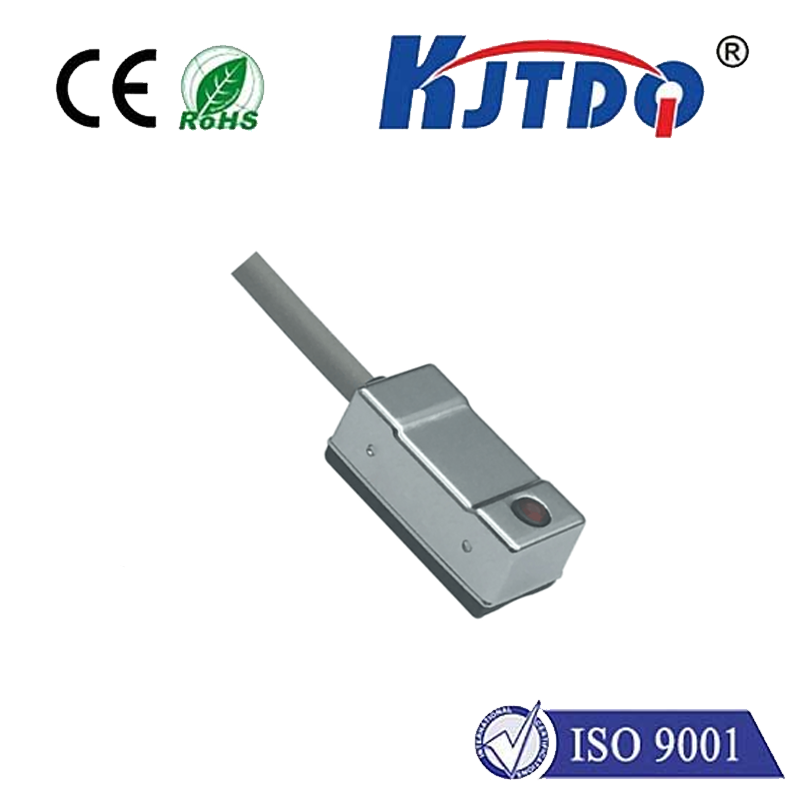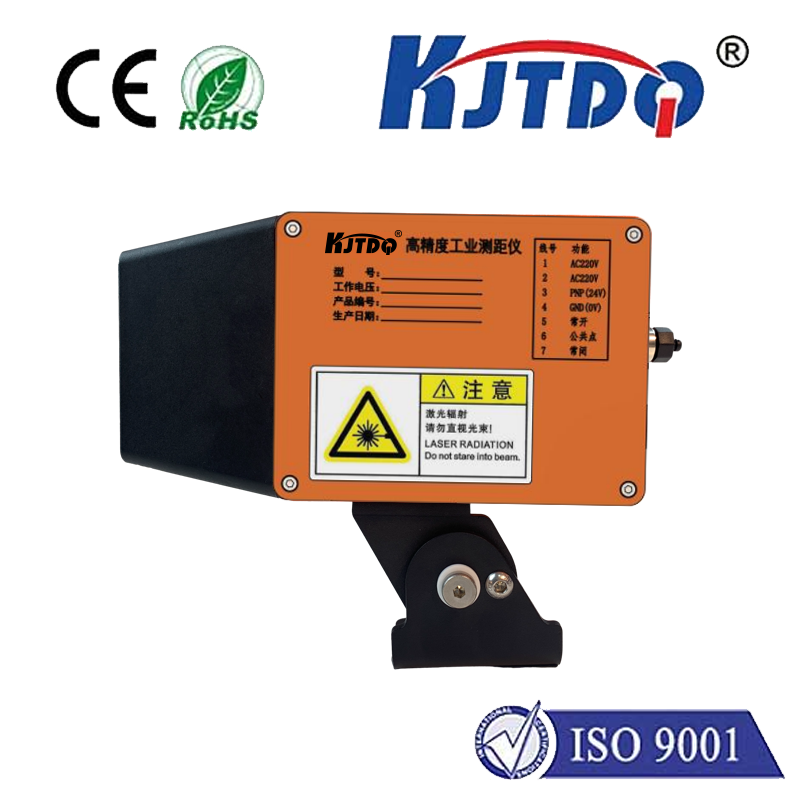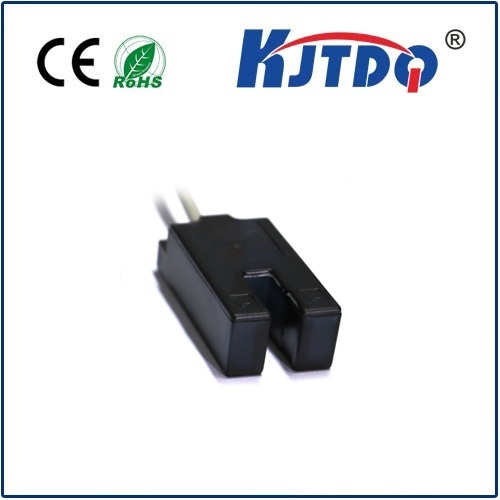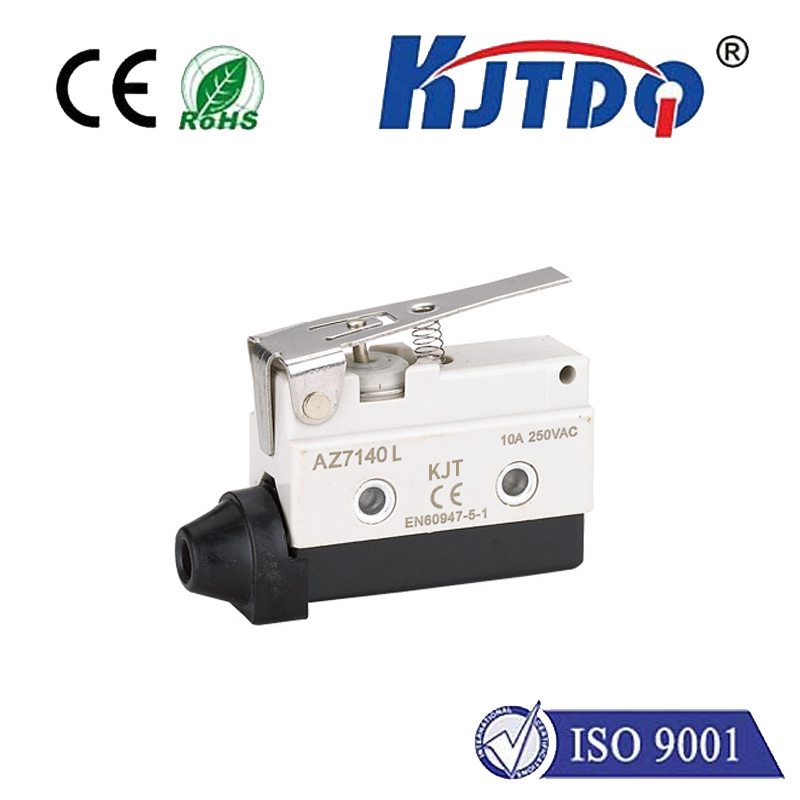30mm proximity sensor
- time:2025-07-01 15:04:36
- Нажмите:0
The 30mm Proximity Sensor: Your Go-To Solution for Robust Mid-Range Detection
Imagine a robotic arm smoothly assembling components, a packaging line flawlessly counting bottles, or heavy machinery operating safely thanks to invisible sentinels. This unseen vigilance is often powered by a workhorse of industrial automation: the 30mm proximity sensor. More than just another component, this specific size represents a crucial sweet spot, offering an ideal blend of sensing capability, durability, and versatility for countless applications. But what makes the 30mm variant so universally popular, and how does it elevate modern manufacturing and control systems?
Why the 30mm Size Reigns Supreme
Proximity sensors detect the presence or absence of metallic (typically inductive type) or non-metallic (typically capacitive type) objects without physical contact. The “30mm” designation primarily refers to the nominal sensing distance – the maximum distance at which the sensor can reliably detect a standard target. This mid-range capability is far from arbitrary; it strikes a near-perfect balance:
- Substantial Reach: Compared to smaller sensors (e.g., 4mm, 8mm, 12mm), a 30mm sensing range provides significantly more installation flexibility. This extra distance is critical in environments where:
- Machinery vibrates, needing clearance to avoid collisions.
- Targets might not pass directly in front of the sensor face.
- Sensor mounting positions are constrained but require coverage of a wider path.
- Reduced precision mounting requirements translate to faster setup and lower costs.
- Optimized Size & Performance: While larger sensors (e.g., 40mm, 60mm) offer even greater range, they come with downsides:
- Increased Physical Size & Weight: Larger sensors require more mounting space and can be cumbersome in tight installations.
- Higher Cost: More material and complex internal components generally mean a higher price point.
- Potential Overkill: Many applications simply don’t require sensing distances beyond 30mm. Using a larger sensor adds unnecessary bulk and expense.
The 30mm proximity sensor hits the performance/size/cost trifecta, making it the default choice for numerous common tasks in material handling, assembly, packaging, and machine tool monitoring.
Core Strengths and Technology Inside

Beyond its ideal sensing distance, the widespread adoption of the 30mm inductive proximity sensor is driven by its inherent characteristics:
- Non-Contact Operation: This principle ensures zero wear and tear on the sensor or target, leading to exceptional longevity and minimal maintenance requirements – a key driver for operational efficiency and reduced downtime.
- High Switching Frequency: Modern 30mm sensors offer rapid detection speeds, easily keeping pace with fast-moving production lines or high-speed machinery, enabling precise timing and control.
- Прочная структура: Engineered for harsh industrial environments, these sensors typically boast:
- High IP Ratings: (e.g., IP67, IP68, IP69K) providing outstanding resistance to dust, water immersion, high-pressure washdowns, and even temporary submersion.
- Rugged Housings: Often made from nickel-plated brass, stainless steel (V4A/AISI 316L), or robust thermoplastics like PPS or PBT, offering superior resistance to impacts, chemicals, oils, and cutting fluids.
- Temperature Resilience: Wide operating temperature ranges ensure reliable function in foundries, cold storage, or outdoor settings.
- Output Variations: Available in standard PNP (Sourcing) or NPN (Sinking) transistor outputs, as well as Normally Open (NO) or Normally Closed (NC) logic configurations, providing seamless integration with virtually any PLC (Programmable Logic Controller) or control system input card.
- LED Status Indicator: An integrated LED provides visual confirmation of both power status and target detection, simplifying diagnostics and commissioning.
Where 30mm Proximity Sensors Shine: Diverse Applications
The combination of reliability, sufficient range, and ruggedness makes the 30mm sensor indispensable across sectors:
- Machine Tooling: Detecting tool position (presence/absence), monitoring chuck jaws, verifying workpiece clamping, and safeguarding access doors.
- Material Handling & Conveying: Position sensing of pallets, carts, or carriers; object counting on conveyor belts; end-of-travel detection for lifts and actuators; verifying gate or flap positions.
- Packaging Machinery: Monitoring fill levels (indirectly via machine component position), detecting presence of containers or lids, verifying case sealing mechanisms, and confirming label application.
- Assembly Automation: Verifying component presence before robotic pick-and-place operations, detecting fixture positions, monitoring spindle orientation, and confirming completion of assembly steps.
- Robotics: End-of-arm tooling detection, verifying gripper closure/open states, and monitoring robot axis positions within its envelope.
- General Safety & Monitoring: Door and guard interlock verification (ensuring safety doors are closed before machine start), detecting valve positions, and monitoring cylinder end positions in pneumatic/hydraulic systems. Their non-contact nature is vital in these safety-critical roles.
Selecting the Right 30mm Proximity Sensor
While “30mm” specifies the nominal range, ensuring optimal performance requires considering a few key factors:
- Target Material: Standard inductive sensors detect ferrous metals (iron, steel) at or near their rated distance. Non-ferrous metals (aluminum, brass, copper) have a significantly shorter effective sensing range – often called the “correction factor.” Always verify the sensor’s specifications for your specific target material.
- Target Size & Shape: The nominal sensing distance is typically defined using a square mild steel target equivalent to the sensor’s face size or standardized in ISO standards. Smaller or irregularly shaped targets will reduce the effective sensing distance (hysteresis is also a factor to consider).
- Environmental Conditions: Assess the presence of dust, moisture, coolants, oils, chemicals, or extreme temperatures. Choose a sensor with an appropriate IP rating and housing material (e.g., stainless steel for highly corrosive environments).
- Electrical Requirements: Match the sensor’s operating voltage (commonly 10-30V DC) and output type (PNP/NPN, NO/NC) to your control system. Ensure adequate current capacity.
- Mounting Style: Flush-mountable sensors allow installation in metal channels without affecting performance. Non-flush variants offer slightly longer range but require clearance around them. Consider threaded barrel (e.g., M30x1.5), block, or rectangular form factors based on application needs.
Installation Best Practices
Maximizing the reliability and lifespan of your 30mm sensors involves simple but effective practices:
- Ensure adequate clearance around the sensor face, especially for non-flush types, as nearby metal can interfere with the sensing field.
- Securely mount the sensor to minimize vibration effects. Use proper mounting hardware.
- Protect cabling from abrasion, crushing, or exposure to harsh chemicals using conduits or cable carriers.
- Follow manufacturer torque specifications for threaded sensors to avoid damaging the housing.
- Periodically clean the sensor face of debris, grime, or buildup that could attenuate the sensing field.
The Unseen Engine of Efficiency
The ubiquitous 30mm proximity sensor is far more than just a component; it’s a fundamental building block of modern automated systems. Its optimal balance of generous 30mm sensing range, rugged industrial construction, non-contact reliability, and versatile electrical options makes it the go-to solution for countless position

